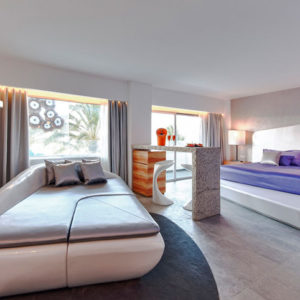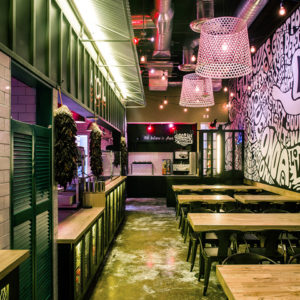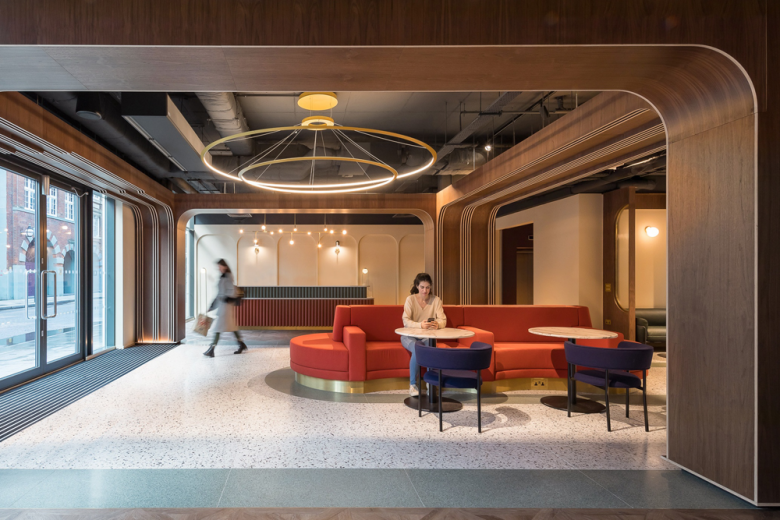
Loneliness comes in different forms and has persisted throughout history; however, it hasn’t been quite as strong as the last fews decades and especially during the COVID-19 pandemic. This global challenge has presented real estate with a distinguished issue – how do you help tenants overcome feelings of alienation and loneliness as a collective effort to combat the crisis?
The answer, according to MyTown, is community. In this piece, Jelmer Ikink, group director of MyTown, educates us on the importance of shared living in addressing loneliness, and showcases how they have been doing so since before the pandemic and onwards.
In a modern world where everyone is more connected than ever, it may seem counterintuitive to hear of a ‘loneliness epidemic’ among the youth. But empirical evidence shows just that: loneliness is the top fear of young professionals today (ahead of losing their job or their home) and a mental health issue that is as deadly as being a habitual smoker and more dangerous than obesity. Taking a page from our ancestors’ lifestyle, coliving operators are promoting communal living as an answer to loneliness. The answer to loneliness may be to focus not on our online social lives, but rather those we create offline.
A Loneliness Primer
One of the earliest studies about loneliness came relatively recently from Robert S. Weiss in 1973, which helped create awareness and reduce stigma around the topic. His research showed that emotional and social isolation are two distinct forms of loneliness; the former being the perceived presence of a ‘nurturing confidant’ such as a significant other, and the latter ‘quality friendships or family connections.’ A third form of loneliness that was added later by others is collective isolation, which is the perceived presence of a meaningful connection with a group or social entity beyond the level of a significant other, family member or close friends.
Furthermore, loneliness not only negatively affects one’s mental state, but also physical health in a way that is equally damaging as obesity and smoking. These different types of – and responses to – loneliness make it a difficult, multi-headed Hydra to tackle.
Loneliness was seldom a concern in the pre-modern world as people tended to live in groups. But in the modern world, people have increasingly decided to live alone. Indeed, the rise in relative wealth and the rise in single-person households are strongly correlated. This is due to the rise in social welfare states that enable people to live alone, but also because of urbanisation, which requires more people from close-knit rural communities to move to cities that are notoriously poorly planned and seldom built around social connectedness. More recent studies show that loneliness is increasingly better understood, citing the importance of human connection and the power of community.
A Phillipine Case Study
Although the Philippines has one of the lowest suicide rates in Asia, suicide rates have increased by over 20 per cent locally since 2000, according to data from the World Health Organization, making it one of the top 20 fastest growing suicide rates globally. A Philippine study in 2013 showed that instances of depression are higher for those residing in urban areas.
The COVID-19 pandemic that has swept the world also forced everyone in the Philippines to isolate themselves. The Philippine Red Cross and UNICEF partnered to establish a ‘mental health hotline’ to provide psychological first aid at the time of the pandemic. The Department of Health (DOH) also partnered with the World Health Organization in ensuring the mental health wellness of Filipinos.
A recent study on COVID-19 and mental health of older adults in the Philippines cited depression and anxiety, unmet spiritual needs, poor social wellbeing, a decline in physical wellbeing and the fear of dying alone threatening older adult Filipinos. MyTown, the Philippines’ first and largest co-living company, conducted a similar survey amongst its thousands of young professional tenants in April 2021 to assess their mental wellbeing. Together with a similar survey it conducted in 2019 right before the pandemic hit, they provide clear comparisons in how the pandemic and resulting community quarantines have impacted young professionals’ mental health in the Philippines.
MyTown’s survey found that 87 per cent of tenants believe that the pandemic and community quarantine measures have made life lonelier than before the pandemic. A substantial 80 per cent of tenants have felt depressed and anxious over the past year. Although these are discouraging numbers, the survey also showed that 71 per cent of tenants believe that living in MyTown has made them less lonely over the last year, up from 64 per cent in 2019 before the pandemic broke out. Over 90 per cent see MyTown as a ‘home away from home,’ compared to 80 per cent in 2019.
Finally, seven out of ten tenants believe that MyTown cultivates an environment where they can make new friends and connections despite the lockdowns, three in four tenants indicated MyTown helped increase their awareness of mental health and two in three tenants felt that MyTown helped them be more connected with others. These results are the outcomes of hard and continuous work by MyTown to make its co-living portfolio more than just a collection of properties; from its tagline (‘beyond accommodation’) and its social media handles (‘#colivingthedream’) to its mission (to structurally ‘Improve the quality of life of young professionals’ in the Philippines) and operational innovations, MyTown walks the talk around wellness.
Communal living as a support network
The World Health Organization has included ‘social support networks’ as a social determinant of health. Single-person households’ main drawback is that participating in community activities takes more time and effort. A communal living setup can provide the best of both worlds; residents can choose privacy in their own space when they seek it, and participate in community activities when they feel the need for human connection.
MyTown has spent significant resources over the last decade on creating quality private micro-condominiums, but also invested heavily in an unparalleled range of amenities for its tenants to create this healthy balance. In addition, MyTown has structured its organisation to support several tenant- facing teams that are explicitly there to keep an eye on tenant wellbeing:
Tenant Engagement: This team comprises the go-to people for tenants. The Filipino brand of hospitality and service is experienced firsthand with their friendly, hands-on and extra-mile assistance in all tenant concerns.
Event Coordination: This team promotes engagement with the community through weekly activities. The activities are curated based on the current needs and interests of tenants, which are assessed through quarterly surveys and daily tenant interaction.
MyTown Ambassadors: These community champions are MyTown tenants who take up a bigger role in the community by hosting events, educating prospective and new tenants on how to make the most of the MyTown community and sharing their experiences through social media.
#CoLivingTheDream
Inspired and fuelled by the encouraging survey results, MyTown is committed to continue to ease tenant loneliness, improve overall mental health and increase awareness around the benefits of a co-living lifestyle. With the end to the pandemic still unclear, and the threat of loneliness and other mental health concerns unabated, MyTown believes that both the private and public sectors need to ensure that more direct and accessible support systems are in place for young professionals.
Everybody copes with loneliness differently, and the beauty of being part of a co-living community is that one person’s strength complements another’s weakness. This has worked for us for centuries, and seems to continue to be the most sustainable way of living.
Chapter Old Street student housing complex by Tigg + Coll Architects
Wauwhaus Maastricht student complex by Creneau
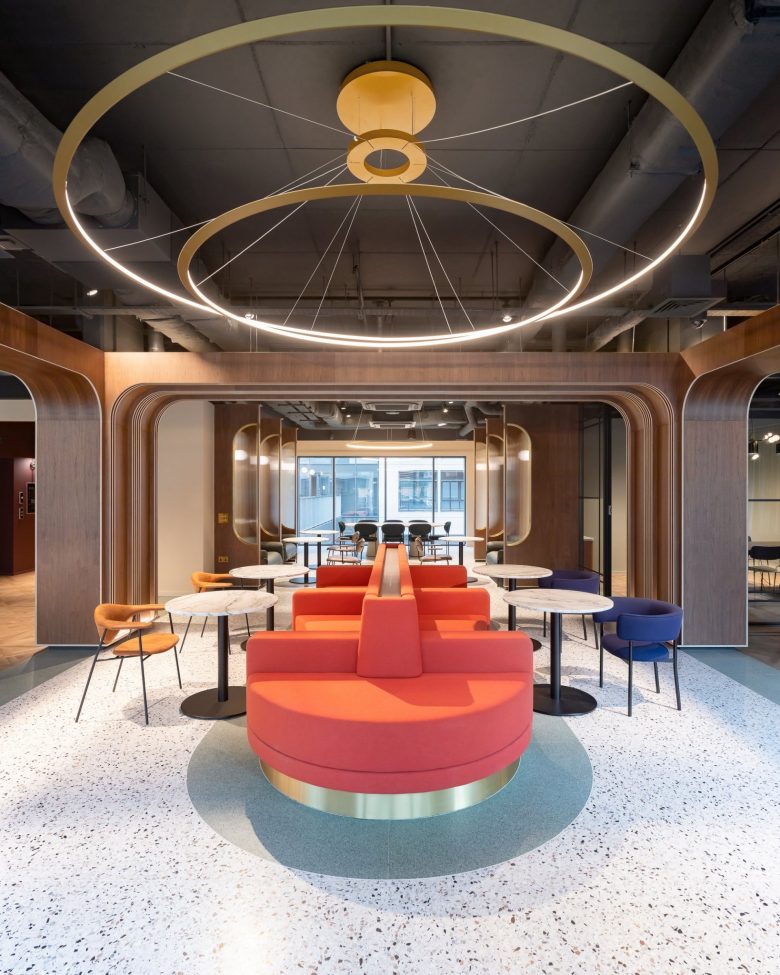

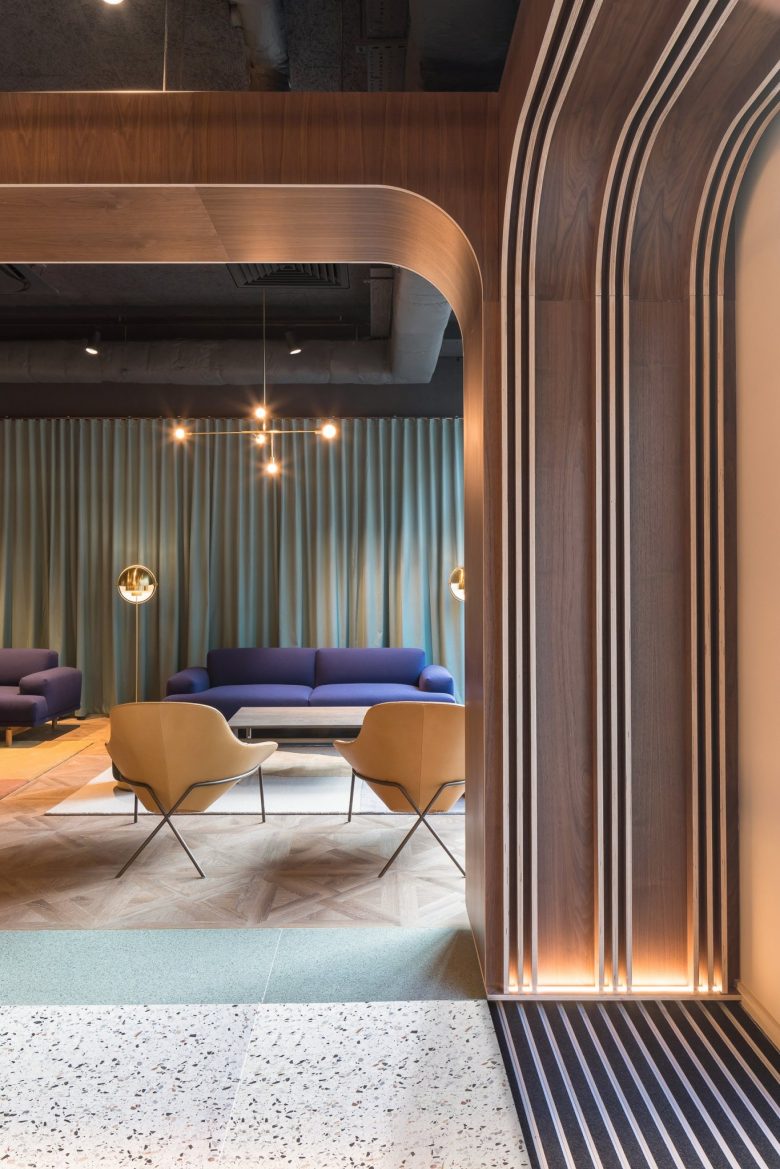
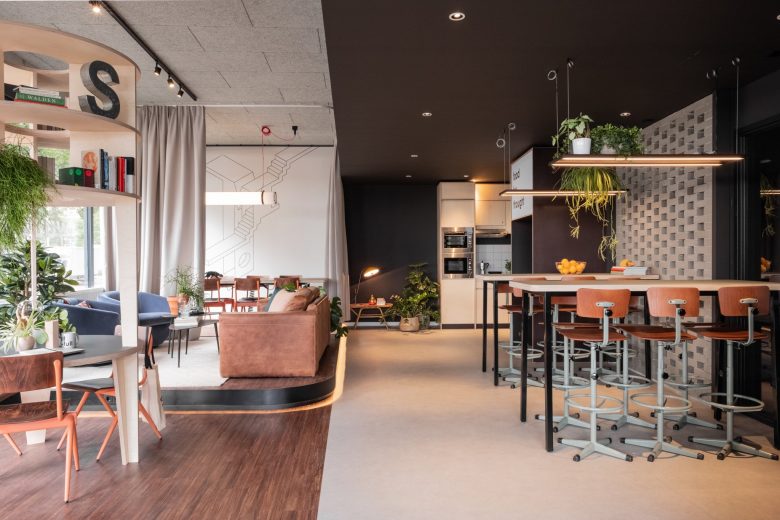

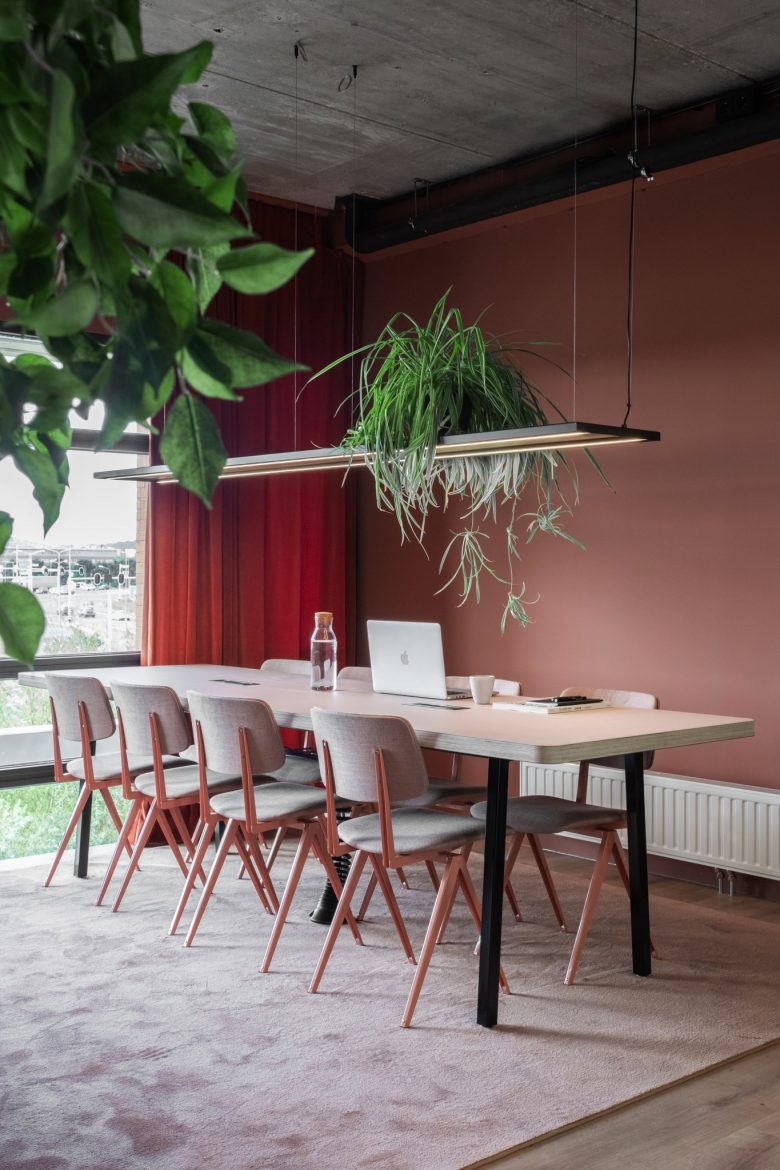
Add to collection



